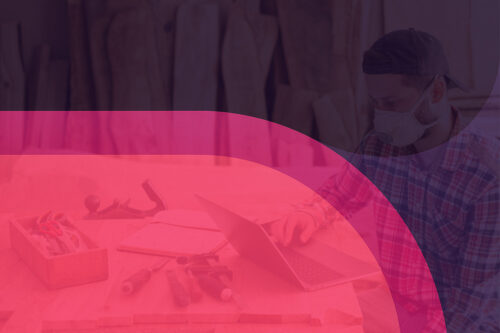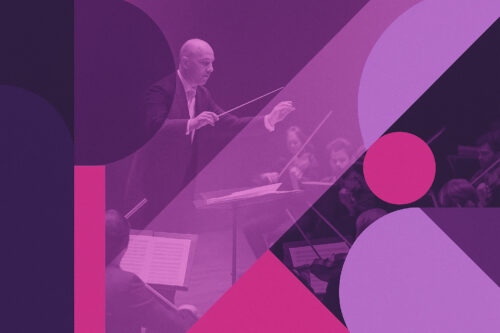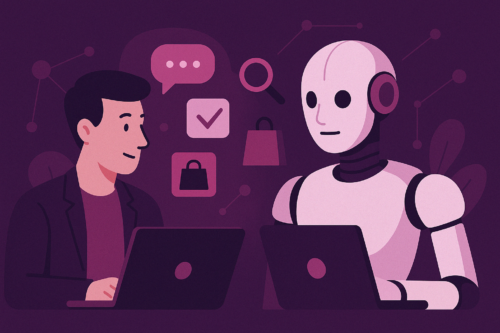Humans still want to rely on other humans

The rise of AI has rattled a few cages in the creative world. And fair enough. When machines can generate halfway-decent logos, write passable copy, and crank out videos in seconds, it’s easy to feel unsure as to where the creative industry is heading.
But here’s the thing: creativity isn’t going anywhere. In fact, it’s about to get more valuable.
This multi-part series explores how the creative industry isn’t being replaced — it’s being challenged to evolve. From rising expectations to new types of collaboration, these aren’t warnings. They’re opportunities. Time to sharpen your tools.
I want to ride my bicycle
I love bicycles. In my opinion, they’re the greatest invention humans have ever come up with. They give you fun, freedom, and at least 10 miles of travel from a single breakfast. I also love (OK, like) servicing bicycles – and through many years of trial, error, YouTube videos, and a growing collection of weird little tools, I’ve gotten pretty good at keeping our bikes running smoothly.
But here’s the thing: it doesn’t always go to plan.
With a growing family – and a garage now boasting 6.5 wheels per person (yes, I did the maths) – the odds of something going wrong are high. I’ve bought the wrong-size bottom bracket, lost cables inside frames, and spent more hours aligning brakes than I care to admit. Evening jobs turn into weekend jobs. Sometimes, they become all-summer-holiday jobs.
And sometimes, I don’t want to hand over the task – I like the task.
What I want to hand over is the responsibility. For when something goes wrong.
And when that happens, who do you turn to?
That distinction – between doing the task and taking responsibility for the outcome – is going to become more important as AI becomes more capable.
Because AI can now do a lot of the task. It can design layouts, write ad copy, suggest colour palettes, and edit video. The tools are powerful and increasingly accessible. But when something doesn’t land quite right – when the tone is off, when the campaign flops, when the nuance is missing – who do you turn to?
You still want a person. Someone who can take ownership. Someone who’ll say, “Don’t worry, I’ve got this,” and actually mean it.
Not the tool. The tool doesn’t care. The tool won’t fix it, learn from it, or talk you through it.
You still want a person. Someone who can take ownership. Someone who’ll say, “Don’t worry, I’ve got this,” and actually mean it.
That’s where the value lies. Not just in producing outputs, but in being accountable for the outcome.
Let’s take a quick detour into open-source software
Open-source software is already a great example of this. Let’s take Red Hat for example. They make an operating system called Red Hat Enterprise Linux, which – spoiler alert – is based on Linux, an open source system anyone can download for free, right now.
So how do they make billions? Simple: businesses don’t just want software. They want someone to be responsible for that software. Someone they can call when things go wrong. Someone who has skin in the game.
Red Hat doesn’t sell code. They sell confidence.
What that means for the creative industry
Now apply that to the creative industry.
Yes, AI can produce outputs: logos, campaign copy, colour palettes. But businesses don’t just want outputs. They want someone to own the outcome. Someone who understands their goals, their audiences, their brand. Someone who can say: “Yep, I’ll take it from here.”
The opportunity here is huge. Because as AI fills in more of the easy gaps, it shines a spotlight on where humans really shine: trust, taste, accountability, and navigating complex, messy, beautifully human problems.
Clients don’t want to micromanage an AI. They want to point to a person (or agency, or team) and say: “That’s who’s got this.”
That’s what makes the difference between a tool and a partner.



